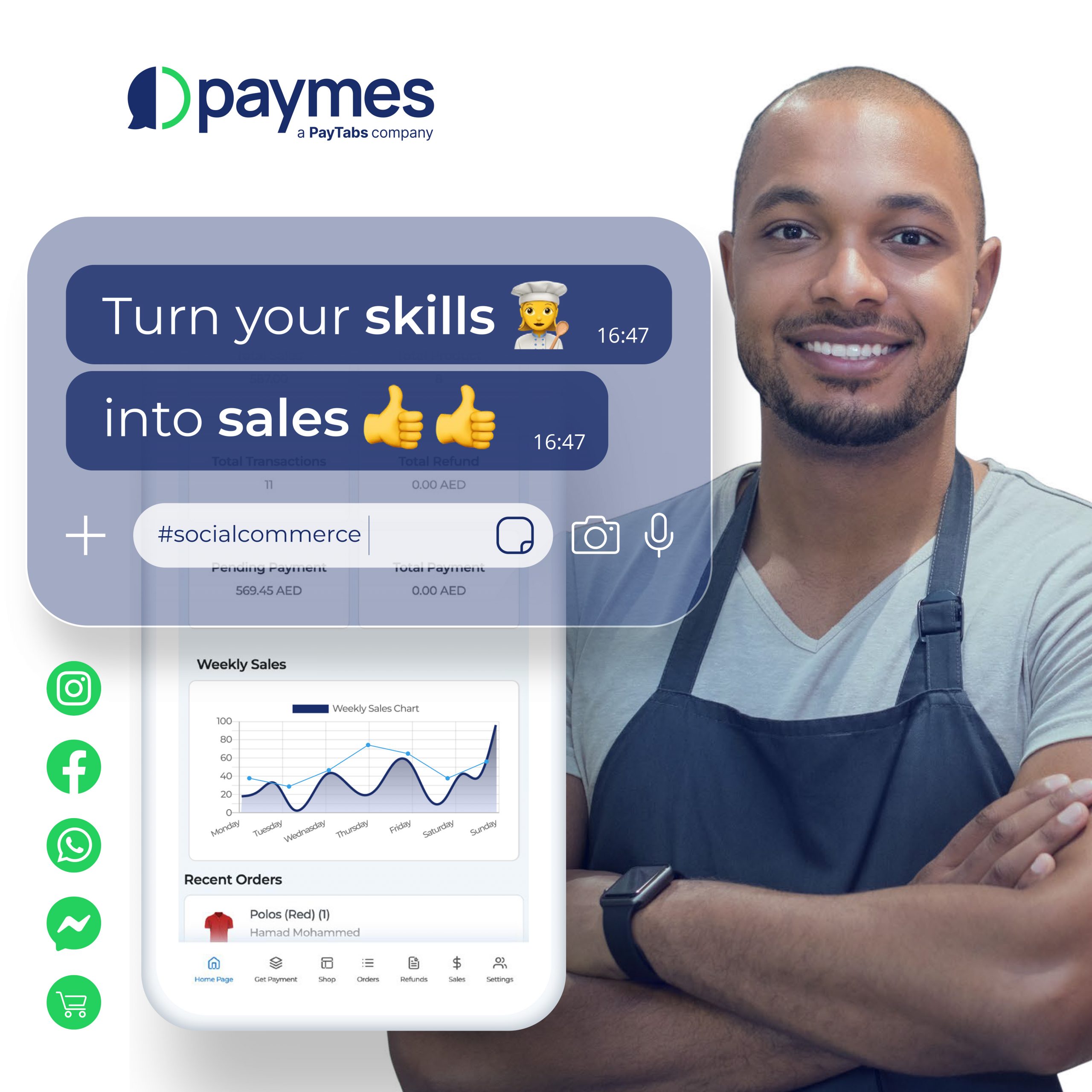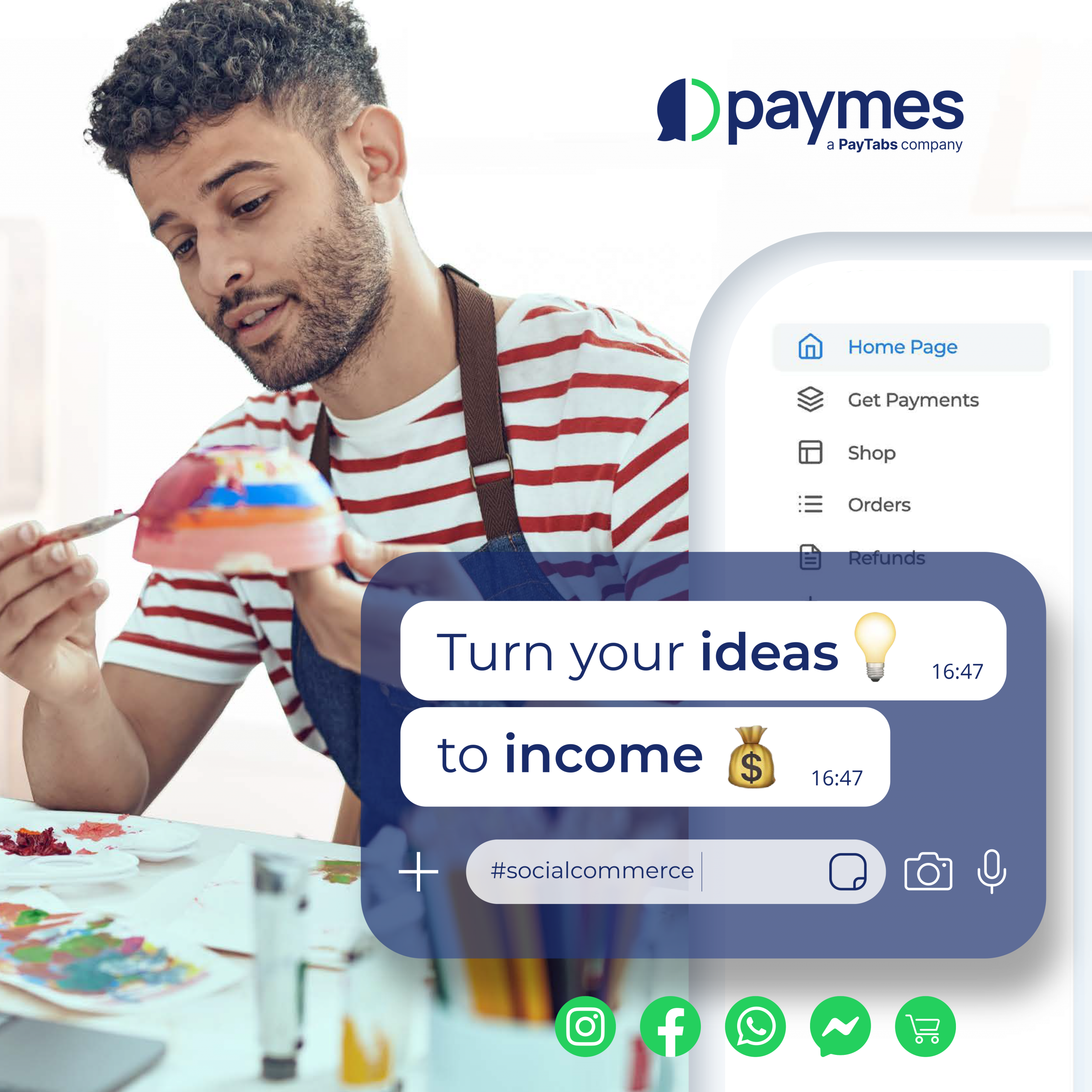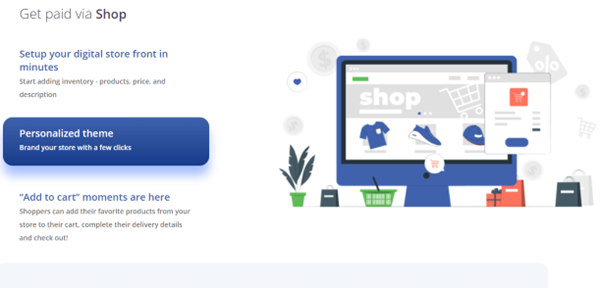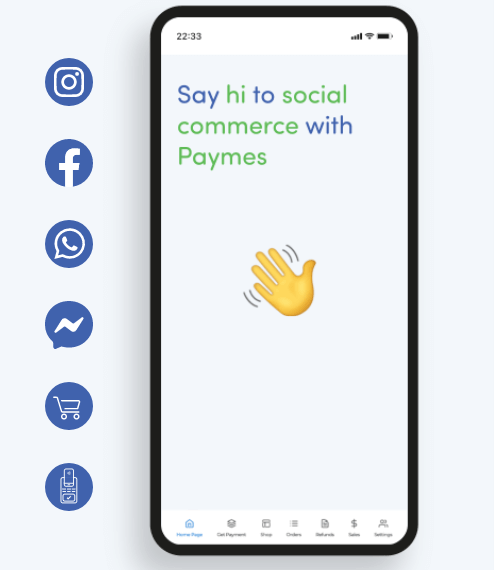Popular eCommerce Payment Methods that are Revolutionizing Transactions Worldwide

Up until the 18th century, people used the bartering system to pay for goods and services. Fast forward a couple of centuries, and today, anyone can roam the world without so much as a wallet on themselves. Buying any product and paying for it has become extremely easy, thanks to countless eCommerce stores and the wide variety of payment methods available. So, if you are running an eCommerce company and wish to offer simple and smart offline and online payment methods to make shopping enjoyable for your customers, this article is for you.
Here is a look at some of the popular payment methods used in eCommerce. You can adopt some or all based on your requirement.
Cash
This is the original payment method and the only one that was used for a long time before credit cards, debit cards, and online payments took over. It is one of the simplest payment methods unless someone needs to hunt for change. Offline payment methods like cash might be slowly losing their monopoly but are still extremely helpful in developing nations where digital payment systems have not become mainstream. A customer can simply order something from your eCommerce store and pay for it in cash after delivery. This is especially a great option for those customers who are not too tech-savvy or confident about making payments online.
Credit Card
Credit cards are one of the most popular types of payment methods used in the eCommerce industry for both customers as well as business owners like you. Credit cards are safe to use and very secure, ensuring that only the holder can use them for any transactions. The card number, card holder’s information, and CVV numbers provide three layers of protection and can help your business in detecting fraud as well.
With advancements in technology, just a swipe or tap of the credit card allows the user to pay for anything they want at an offline store. And online, they just need to enter a few details like card number, name, CVV etc. to carry out the transaction. Apart from their ease of use and convenience, credit cards provide a lot of benefits to users as well. They often give discounts or cashback for every purchase and have reward points to encourage people to spend more, and it helps improve the credit score of an individual or a business as well.
Debit Card
Debit cards are the second most preferred payment method after credit cards. This is mostly because a debit card allows users to spend only that much money that is available in their account and that money is also debited instantly. Unlike credit cards, where users often have a limit higher than their actual pay, and they need to pay for it after the billing period. Some credit cards also provide an EMI option to pay their dues, which a debit card can’t provide. However, many people continue to use a debit card as their primary mode of payment wherever they go. Which means, enabling your business to accept both debit and credit card payments is a wise move.
Bank Transfer
Direct bank transfers are also a popular payment method, especially if you are a new age eCommerce company that ships worldwide but don’t have a robust and international payment setup yet. In case of bank transfer, users need to fill in the account details for whom they want to pay and then confirm the transaction from their own bank account, limiting the chance of false authorization.
But while the transfer method is safe, there are a lot of scammers around the world who try to dupe customers by providing false account details, so that they receive the payment in their account rather than the business. Bank transfers can also take a lot of time and are dependent on how the banks are performing. So, if a customer sends you money on a bank holiday, it might not get processed that same day.
App Payments
This is perhaps one of the fastest-growing online payment methods across the world. App payments and digital wallets like Apple Pay, Samsung Pay, Google Pay and more have become popular, thanks to their convenience and ease of use. So, it makes sense for your business to have such options. With these apps, users don’t need to carry cash, cards, cheque books, or even their wallet. They can just use their smartphone to pay for any product or service, be it in-store, online, or offline.
Payment interfaces like UPI make it easier for everyone to pay for a product. All they need to do is scan a QR code, enter someone’s mobile number or VPA ID, and it’s done. In fact, several eCommerce companies have realized the benefits of app payments and have started providing their own payment service to users free of cost. You can follow suit too.
Cheques
Even though cheques are rarely used for making simple eCommerce transactions, it is still a viable offline payment method. It is especially helpful if yours is a business that has merchant accounts that generally rely on cheques for offline transactions. But you need to make your business ready to accept electronic cheques or E-cheques as well.
Wrapping Up
In today’s age, customers are spoiled for choices when it comes to payment. They are no longer dependent on cash transactions and hope that an e-store can provide them with multiple payment modes.
So, now, as an eCommerce store, you need to keep an eye on multiple payment sources to have clear visibility of how your business is performing. Managing the flow of money efficiently is important as your customers are paying in cash or via credit cards, debit cards digital wallets, cryptocurrencies, e-cheque or other payment methods.
This is the reason why a payment gateway solution like PayTabs can come to your rescue. It can not only help you accept payments via different modes safely, quickly and effectively, but also keep track of every transaction, no matter which payment method is used. PayTabs is an easy to use, convenient, and secure payment gateway that allows your customers to pay for your products in various methods and helps you monitor your finances easily.







 George J. Newton
George J. Newton






